Chicken tempura is a Japanese-style dish featuring tender strips of chicken coated in a light, airy batter and deep-fried until golden brown. Unlike heavier Western fried chicken, tempura uses a thinner, crispier coating made from a chilled batter of egg, flour, and cornstarch. Originally part of Japanese cuisine influenced by Portuguese missionaries, tempura is now a globally loved technique. While shrimp tempura may be more widely known, chicken tempura offers a satisfying, meaty alternative that’s just as versatile and crowd-pleasing.
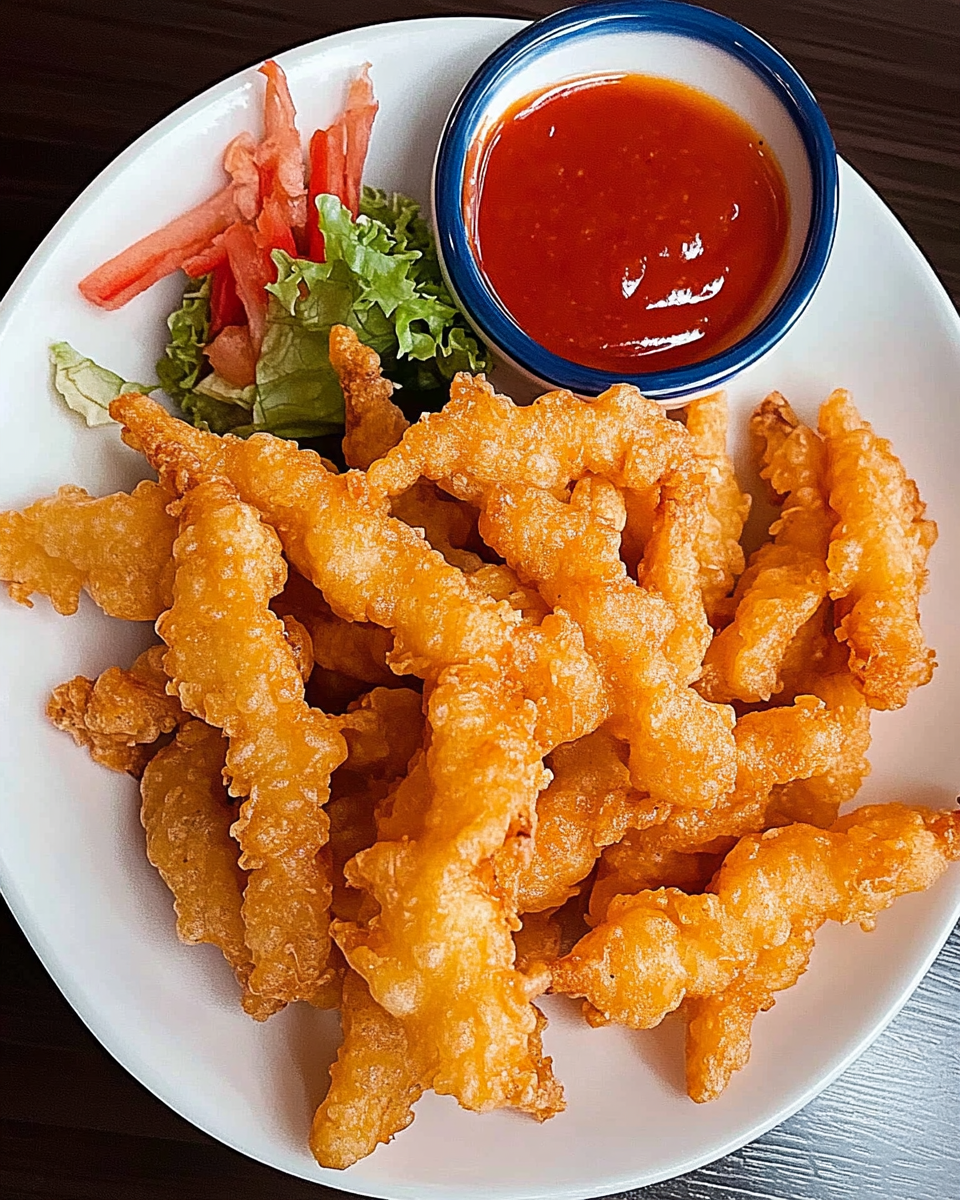
Why You’ll Love This Recipe
This chicken tempura recipe delivers restaurant-quality texture and flavor with simple ingredients and a short prep time. It’s perfect for a quick lunch, a bento box, or a party appetizer. The crispy coating stays light, never greasy, while the chicken inside remains juicy and flavorful thanks to a quick marinade. You’ll also love that it’s adaptable—pair it with various sauces or side dishes for a customized meal.
When and How to Serve Chicken Tempura
Whether you’re looking for a crunchy appetizer or a satisfying main dish, chicken tempura fits the bill. It’s commonly served as part of a Japanese bento box, alongside steamed rice and pickled vegetables. You can also plate it as a starter with dipping sauces like soy sauce, spicy mayo, or sweet chili. For casual dining, serve it over a bed of shredded cabbage or lettuce for added crunch and presentation.
Preparation Phase & Tools to Use
Before starting, organize your cooking area. Keep your batter ingredients and chicken separate and chilled. Make sure to set up your frying station with a deep pan, oil, tongs, and paper towels for draining. Having everything prepped and ready allows for smoother cooking and prevents the batter from warming up, which is essential for crispy results.
Essential Tools and Equipment
- Deep fryer or heavy-bottomed pot – for consistent oil temperature
- Mixing bowls – to prepare batter and marinate chicken
- Tongs – for safe handling of hot food
- Wire rack or paper towels – for draining excess oil
- Thermometer – to ensure oil stays at 350°F (175°C)
Each tool plays a crucial role in making the cooking process smoother and the results better. For example, a thermometer helps prevent soggy tempura caused by low oil heat, while a wire rack keeps the chicken crisp after frying.
Preparation Tips Before You Start
- Keep everything cold: Use ice-cold water and chill your batter ingredients. Cold batter hitting hot oil creates steam, giving tempura its signature airy crunch.
- Don’t overmix the batter: A few lumps are fine. Overmixing develops gluten, which leads to a chewy texture instead of a crisp crust.
- Fry in small batches: Overcrowding lowers oil temperature and results in greasy chicken.
Ingredients
For the Chicken & Seasoning:
- 1 lb boneless, skinless chicken breast
- ¼ teaspoon kosher salt
- ¼ teaspoon ground black pepper
- 1 tablespoon soy sauce
- 1 teaspoon finely minced ginger
- 1 teaspoon finely minced garlic
For the Tempura Batter:
- 1 egg, beaten
- ½ cup cake flour
- ½ cup cornstarch
- ½ cup ice-cold water
- 1 teaspoon baking soda
For Frying:
- Vegetable oil, for deep frying
Step-by-Step Directions
- Pound the Chicken: Use a meat tenderizer to pound the chicken to an even thickness.
- Slice into Strips: Cut the chicken into thin, uniform strips for even frying.
- Marinate: Mix chicken with salt, pepper, soy sauce, garlic, and ginger. Let it marinate briefly.
- Make the Batter: Sift flour, cornstarch, and baking soda together. Add beaten egg and ice water. Stir just until combined.
- Heat the Oil: Bring the oil to 350°F (175°C) in a deep pan.
- Coat the Chicken: Dip chicken strips in batter one at a time, ensuring full coverage.
- Fry the Chicken: Fry in batches for about 4 minutes, flipping halfway through.
- Drain and Serve: Remove and place on paper towels or a rack. Serve hot with your favorite dipping sauces.
Serving Suggestions
Chicken tempura is a flexible dish that fits into a variety of meals. Whether you’re planning a casual lunch or entertaining guests, its light texture and savory flavor make it a crowd-pleaser. Here are several ways to serve it:
- As an appetizer: Arrange on a platter with a trio of dipping sauces like soy sauce, spicy mayo, and ponzu. Add shredded cabbage underneath for presentation and texture.
- In a bento box: Pair a few pieces of chicken tempura with steamed rice, tamagoyaki (Japanese rolled omelet), and pickled vegetables for a complete meal.
- With rice or noodles: Serve over a bowl of hot white rice or alongside chilled soba noodles for a traditional Japanese-style dish.
- In a wrap or sandwich: For a fusion twist, place the tempura inside a wrap with lettuce, cucumber, and a drizzle of creamy wasabi mayo.
- With dipping sauces: Essential for elevating flavor. Use soy sauce for saltiness, sweet chili for heat, or garlic aioli for a creamy contrast.
Make sure to serve it immediately after frying for maximum crunch and freshness.
Common Mistakes to Avoid
Mastering chicken tempura requires attention to technique. Avoid these common mistakes to achieve restaurant-level results.
Overmixing the Batter
Overmixed batter develops gluten, making it dense and chewy instead of light and crispy. Stir just enough to combine the ingredients. A few lumps are ideal.
Warm Batter
Using room temperature water or ingredients ruins the texture. The batter must be ice-cold to create steam on contact with hot oil, which is key for the crispy coating.
Frying at the Wrong Temperature
If the oil is too hot, the outside burns before the inside cooks. If it’s too cool, the batter absorbs oil and becomes greasy. Keep the oil at a steady 350°F (175°C) using a thermometer.
Overcrowding the Pot
Adding too many pieces lowers the oil temperature, causing uneven cooking. Fry in small batches to maintain proper heat and allow space for crisping.
Using the Wrong Flour
Cake flour or low-protein flour is best for tempura. All-purpose flour can be used but may result in a denser texture.
How to Perfect the Recipe
Achieving the ideal chicken tempura texture requires precision and a few clever tips.
- Chill all batter ingredients: Keep the water, flour, and even the mixing bowl cold to extend the crispiness of the coating.
- Cut chicken uniformly: Even strips cook at the same rate, which ensures juicy interiors and golden exteriors.
- Use fresh oil: Old or reused oil can affect both flavor and texture. Clean, neutral oil like vegetable or canola is best.
- Drain properly: Place fried chicken on a wire rack instead of paper towels when possible to prevent steaming and sogginess.
- Serve immediately: Tempura loses its crisp texture as it sits. Prep sauces and side dishes beforehand so everything’s ready to serve hot.
Side Dish Recommendations
Balance the crispy richness of chicken tempura with light, flavorful sides. Here are eight side dishes that pair beautifully:
- Steamed White Rice
A neutral base that lets the tempura shine. Add a sprinkle of sesame seeds or furikake for extra flavor. - Miso Soup
A traditional Japanese soup with umami-rich broth, tofu, and seaweed that contrasts the crisp tempura texture. - Pickled Daikon or Cucumber
The acidity cuts through the richness, offering a refreshing contrast. - Seaweed Salad
Slightly sweet, slightly tangy, this salad adds both texture and color to the plate. - Edamame with Sea Salt
Simple and satisfying. Offers protein and fiber to round out the meal. - Japanese Potato Salad
Creamier than Western versions, this potato salad is made with Kewpie mayo and finely mashed potatoes, offering a soft textural contrast. - Cucumber Sunomono
A lightly vinegared cucumber salad that’s cool and crisp—a perfect counterbalance to the hot, fried chicken. - Tempura Udon or Soba Noodles
If you’re serving a larger meal, pair with a bowl of noodle soup. Add a few pieces of chicken tempura on top for presentation and flavor.
Pro Tips to Make Chicken Tempura Even Better
Mastering chicken tempura means going beyond just following the recipe. These additional tips will help you enhance the final result and make the cooking process smoother.
- Use ice cubes in your water: Keep a few ice cubes in the mixing water until just before adding it to the batter. Cold ingredients prevent the batter from absorbing excess oil.
- Preheat your oil thoroughly: Begin heating your oil while prepping the batter. Consistent temperature is essential for crisp, evenly cooked chicken.
- Rest the batter in the fridge: If you’re prepping ahead, store the batter in the fridge and stir briefly before use. Cold batter improves texture.
- Double-fry for extra crispness: For an ultra-crispy finish, briefly re-fry the chicken strips for 30 seconds after the first round of frying.
- Pair with complementary sauces: Elevate the dish with sweet soy glaze, garlic ponzu, or sesame mayo. Balancing savory and acidic flavors enhances the experience.
How to Store and Reheat Chicken Tempura
Chicken tempura is best served fresh, but it can be stored and reheated with some care to maintain texture.
Storing Leftovers
- Refrigerate properly: Let the fried chicken cool completely before storing. Place in an airtight container with paper towels to absorb moisture.
- Use within 2 days: For the best flavor and texture, consume leftovers within 48 hours.
Reheating Instructions
- Avoid microwaving: Microwaves soften the crispy coating and can make the batter soggy.
- Use an oven or air fryer:
- Preheat the oven to 375°F (190°C). Place the chicken on a wire rack over a baking sheet and heat for 10–12 minutes.
- In an air fryer, heat at 375°F (190°C) for 4–5 minutes.
- Reheat only once: Repeated reheating compromises texture and flavor.
Frequently Asked Questions (FAQs)
Can I make chicken tempura in advance?
Yes, you can prepare the chicken and even mix the dry ingredients for the batter ahead of time. However, only mix the wet batter right before frying to preserve its crispiness.
Can I use other types of meat?
Absolutely. Tempura works well with shrimp, fish fillets, or vegetables like sweet potatoes, zucchini, and bell peppers. Adjust cooking times based on the ingredient.
What’s the difference between tempura and karaage?
Tempura uses a light batter made from flour and water, while karaage is typically marinated meat coated in potato starch and deep-fried. The texture and flavor of karaage are more intense and heavy compared to tempura.
How do I keep chicken tempura crispy longer?
Serve immediately after frying and avoid covering with lids or foil, which trap steam. Use a wire rack instead of paper towels to drain oil and preserve crispness.
Can I bake chicken tempura instead of frying?
Baking doesn’t achieve the same airy texture that frying does. However, if you want a healthier option, use an air fryer or bake at a high temperature with a light spray of oil.
What type of oil is best for tempura?
Neutral oils like vegetable, canola, or grapeseed are ideal. They have high smoke points and don’t overpower the flavor of the tempura.
Is chicken tempura gluten-free?
Traditional tempura batter contains wheat flour, so it’s not gluten-free by default. However, you can make it gluten-free by using rice flour or a certified gluten-free flour blend.
Conclusion
Chicken tempura is a delicious and adaptable recipe that brings the crisp, delicate flavors of Japanese cuisine right to your kitchen. With its light batter, quick frying time, and versatile serving options, this dish is ideal for appetizers, main courses, or casual snacking. By mastering a few key techniques—like keeping your batter cold, maintaining oil temperature, and avoiding overmixing—you can recreate restaurant-quality results at home.
Whether you serve it with a simple soy dipping sauce or as part of a full Japanese-inspired meal, chicken tempura is sure to impress your guests and become a repeat favorite.
Chicken Tempura
Ingredients
For the Chicken & Seasoning:
- 1 lb boneless skinless chicken breast
- ¼ teaspoon kosher salt
- ¼ teaspoon ground black pepper
- 1 tablespoon soy sauce
- 1 teaspoon finely minced ginger
- 1 teaspoon finely minced garlic
For the Tempura Batter:
- 1 egg beaten
- ½ cup cake flour
- ½ cup cornstarch
- ½ cup ice-cold water
- 1 teaspoon baking soda
For Frying:
- Vegetable oil for deep frying
Instructions
- Prepare the chicken: Pound the chicken breast to an even thickness using a meat tenderizer. Slice into thin, uniform strips.
- Season the chicken: In a bowl, combine the chicken with salt, pepper, soy sauce, ginger, and garlic. Mix thoroughly and set aside to marinate briefly while you make the batter.
- Make the batter: In a separate bowl, sift together the cake flour, cornstarch, and baking soda. Stir in the beaten egg and gradually mix in the ice-cold water. Stir gently until just combined—do not overmix; some lumps are fine.
- Heat the oil: In a deep fryer or heavy-bottomed pot, heat vegetable oil to 350°F (175°C).
- Coat the chicken: Dip each strip of chicken into the batter, coating it completely.
- Fry the chicken: Fry the battered chicken strips in batches for about 4 minutes, turning halfway through, until golden brown and crisp.
- Drain: Remove the chicken from the oil and place on a paper towel-lined plate to drain excess oil.
- Serve: Enjoy hot with your choice of dipping sauces like soy sauce, spicy mayo, or sweet chili sauce.
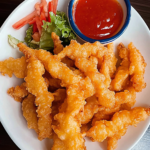
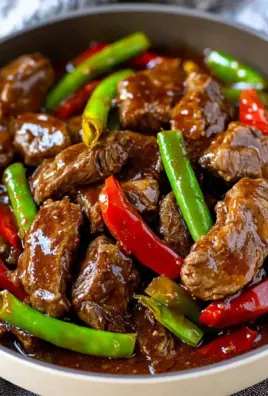
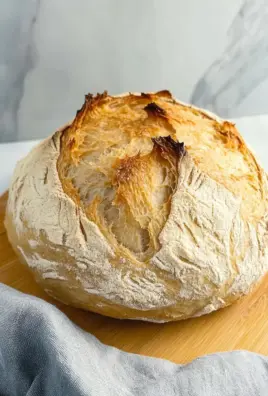
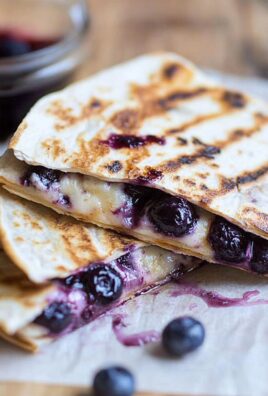
Leave a Comment